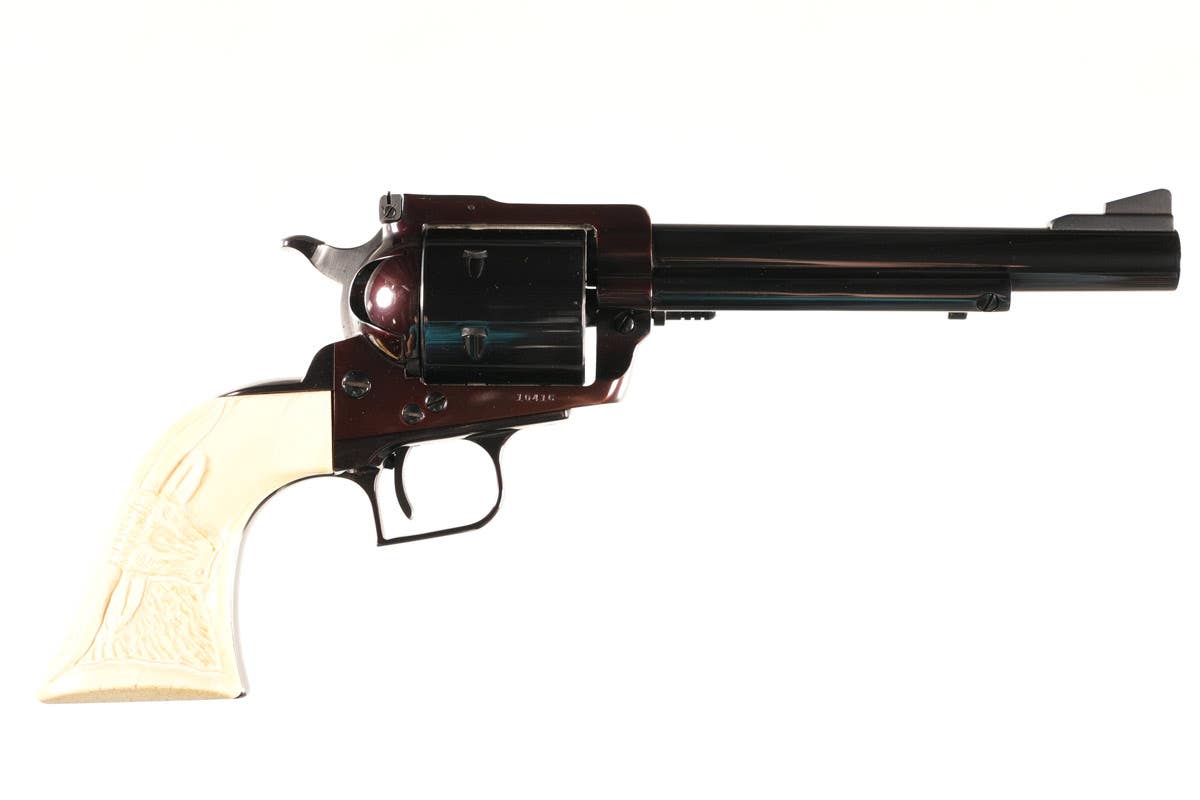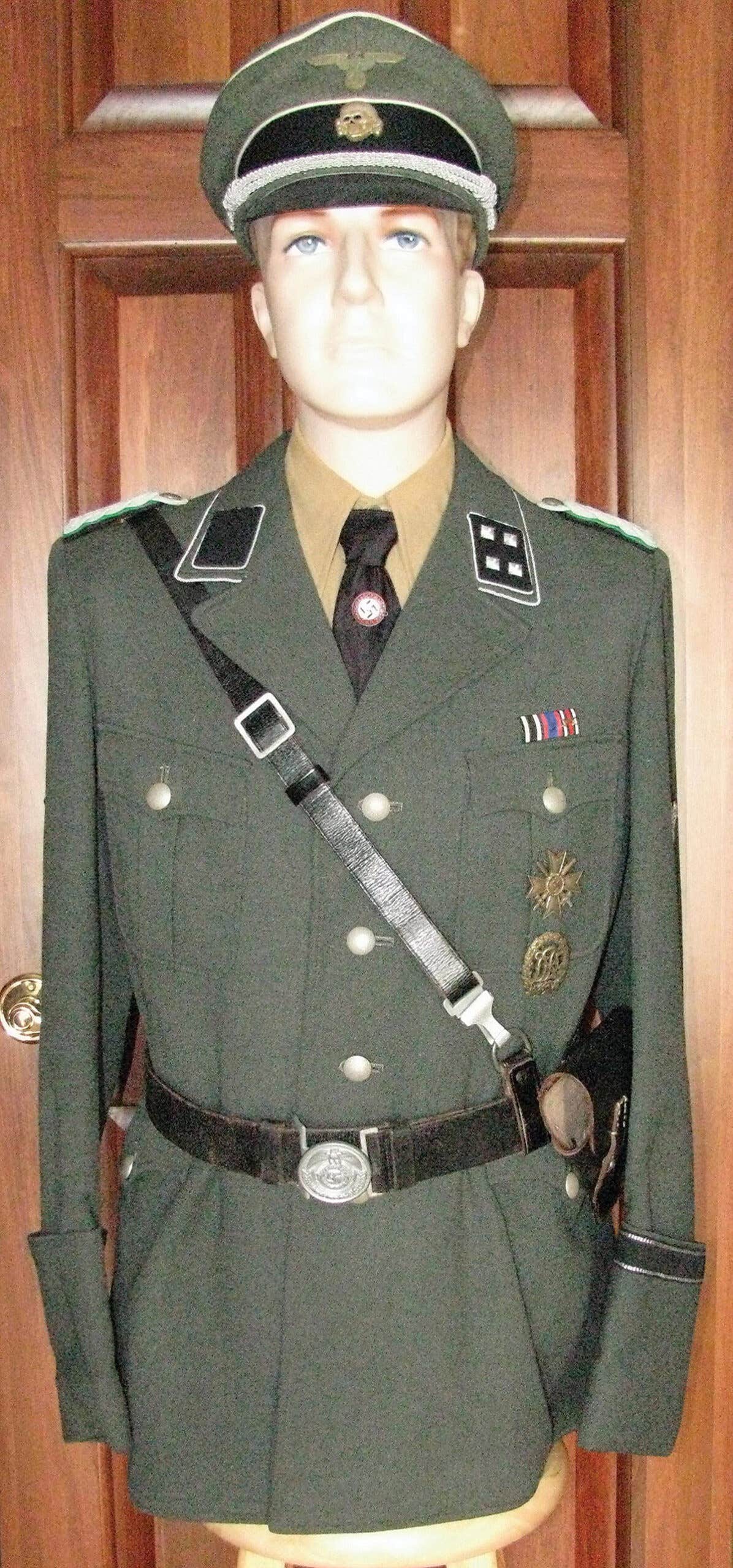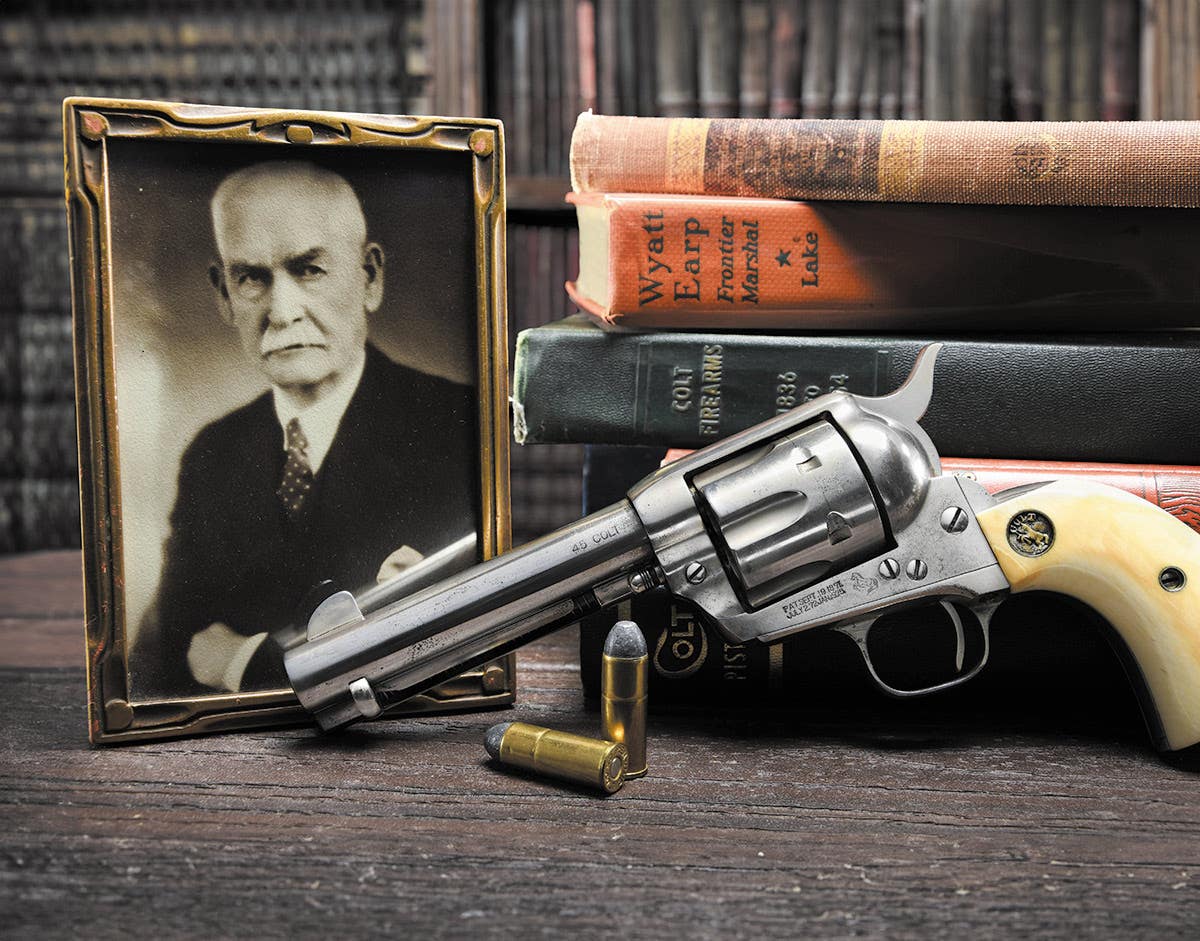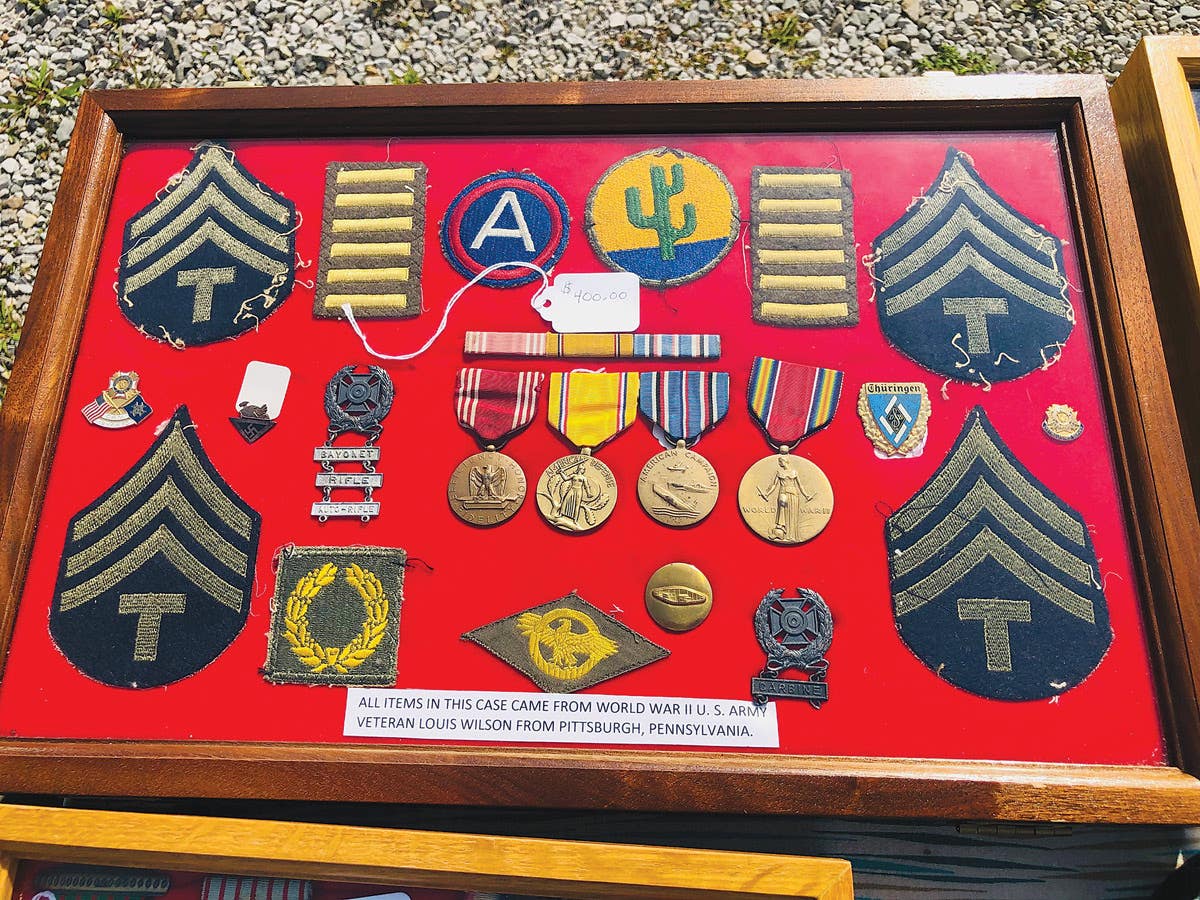Dissecting the Model 1917 Officer’s Medical Belt
As the United States was gearing up for the war in Europe in early 1917, the Medical Department was making major changes to its medical staff and their equipment.
By Ronald E. Leverenz
As the United States was gearing up for the war in Europe in early 1917, the Medical Department was making major changes to its medical staff and their equipment.
Up to that point, the field officers carried an “Orderly’s Pouch” slung over their shoulder to carry bandages and all the instruments for attending the wounded on the battlefield. This pouch—more of a large purse—was left to hang around the torso, thus being bulky and made it hard for the officer to treat his patients and retrieve items in a quick manner.
MODEL 1917 OFFICER’S MEDICAL BELT
However, in 1917, the Medical Department adopted the Model of 1917 Officer Medical Belt. This belt was equipped with four pockets. A large and small pocket sat side by side on the front and were connected by an adjustable belt in the rear. This made it easier for the medical officer to keep his instruments conveniently in front, keeping his hands free to work on the wounded. All bandages and other minor first aid supplies were carried in the enlisted medical belts.
Five major variations of the officer’s belt have been observed. The first, and the earliest noted, are dated May 1917. These early belts were manufactured by the Mills Woven Belt Company and exhibit a date with the Mills’ bullet logo stamped inside.
This early belt has the addition of two lifting straps with button type snaps attached to the outside of the small pockets. These aided in the removal of the flask and the syringe with a simple pull. This feature was seen on early Model 1910 ammunition belts as well. Also, like Mills’ production of ammunition belts, this medical belt had its snaps replaced by the new “lift-dot” type of snap in early 1917. The new fasteners were found to be sturdier than the button types.
The second variation is the most commonly encountered belt by collectors. It consists of the four pockets on the front, but without the lifting straps inside. These belts are also marked “MILLS” inside the bullet logo with a date above. These have been observed with stamped dates from August 1917 to November 1918. These belts continued the use of the “lift dot” snaps except for a short period in mid-1918 noted in the third variation.
The third variation of belt is identical to the second style, except that the “lift dot” snaps were replaced by the tradition old style rimmed eagle button snap introduced by Mills on their earlier model 1910 infantry belts and gear. These belts have been observed marked “MILLS” and either dated March or April 1918. This is very confusing to some collectors as many want to classify these belts as M1910 equipment due to the snaps being used and not the production year of the belt itself. In fact, it was most likely the manufacturer’s choice to use these earlier buttons in the summer of 1918 due to a shortage of “lift dot” snaps or other yet-unexplained reason. It is worth noting that the the 10-pocket enlisted belt also changed at this same time of production. These first three variations were all woven in the typical Mills construction style: Belt and pockets being one woven in one piece.
The fourth variation was produced by Long in the latter half of 1918. This belt is typical of Long wartime construction. The belt does not have tapered pockets flap edges and the pockets are sewn separately to the belt rather than woven in one piece like the Mills belts. The fourth variation belt is constructed of reinforced lighter canvas material and also featres the lift- dot style button fasteners.
The last and most scarce variation is unmarked and undated. The construction is identical to Long-manufactured belts. These belts have dark brown/green waterproofed pockets sewn directly on a light khaki belt. Because of the waterproofing, it seems likely that these belts were made near the very end of the war.
CONTENTS
Examining the contents of each pocket from left to right when laid out, the first pocket contains the medicine case and the diagnosis tag book. The medicine case is an aluminum tray with five brass clips and five black Bakelite screw-top vials to hold tablets. Each of the vials is marked with the contents. Note: the officer wearing the belt was permitted to change the contents. The list shown is the typical bottles you may encounter.
Also carried in this pocket is a small book. These books, known as the “Diagnosis Tag Book Edition of 1917”, were used to identify what treatment has been given to a patient in the field, so doctors in the rear hospitals are up to date of the wounds and treatments given. The tags recorded the date and station where tagged, name of wounded, rank and unit, diagnosis, treatment given, and the signature of the attendant. These tags were be tied to a front button if possible. The wounded were moved to the rear with all his information attached. Three makers of this book have been noted: W.H. Brewton Contractor, R.P. Andrews Paper Co., and the Wm. J. Brewer Contractor. All were located in Washington D.C.
The small left pocket contained only two items: the hypodermic syringe kit and the case for extra needles. The Manual for the Medical Department 1916 (corrected in 1918), states, “This syringe as now issued, has as accessories, besides two needles and extra wires (the needles and wires are expendable), one tube of each of the following hypodermic tablets...” The tablets were all dissolvable injectable forms of Apomorphine, Atropine, Cocaine, Morphine, Nitroglycerin, and Strychnine. Each variety were kept in small amber colored corked vials that blocked sunlight that would dilute the strengths.
The kit also contained the all metal syringe with cap, two extra needles and a spot for several needle cleaning wires. These kits were produced by two known companies: Randall-Faichney Company of Boston and an unknown company named “TAG” denoted by a logo shaped like a shipping tag on the top plunger of the syringe. Both were manufactured of aluminum but marked differently. These were stored in the belt in a small felt pouch of various colors with a snap closure.
One of the rarest items for the officers’ medical belt is the small case which held 12 extra needles. This case was stored in a smaller pocket within the pocket holding the syringe kit. The example seen on the right side of figure 4 is a small aluminum tray that would slide out of a cover containing the 12 replacement needles. It is marked “MED DEPT. USA” and was produced by Sklar. A rounded corner, unmarked version also exists.
The next small pocket on the right side of the belt contained only one item, a flask. For years, collectors and dealers have called this an “Alcohol Bottle”. However, the Medical Manual refers to it as, “Flask, empty, for morphine solution”. Both clear and amber flasks have been noted in these belts. Morphine, when in an oral liquid form, must be place in an amber bottle if being kept for more than one week. Otherwise, sunlight will weaken the solution.
Since pouring more than a few drops of morphine could cause death, no cup was issued to the officers’ belt. The cup was only intended for use with the enlisted belt in conjunction with the ammonia flask.
There is no direct written evidence that has been found of what color goes in the belt, but common sense and the practice of storing pharmaceuticals will dictate the brown amber bottle should be the color used in the officers’ medical belt for morphine solution. Still, this is not to say in France, and in the field that a clear bottle may not have been issued or given to an officer in demanding times.
Lids were always screw type. Both aluminum and a nickel version exist. In addition, rubber stoppers were occassionally used.
The final large pocket of the medical belt contained two items. The first was a clinical thermometer with carrying case. The other was the officer instrument case containing his surgical instruments.
The clinical thermometer was a typical mercury type with a bakelite case. Some can be found with the original inspection card testing the thermometers as well. Two manufacturers of the thermometer where Hartz, and Randall-Faichney (also known as Ran-Fac).
The instrument case is often seen marked “Officers Belt Case”, with or without the words “with Skylar knives.” This case contained all the instruments for the medical officer to treat the wounded soldiers on the front line trenches until they were later removed to a rear aid station. The standard contents of this case consisted of three sets of forceps, an aneurism grooved needle, one pair of scissors, two knives in metal case, a pack of 12 surgical needles, two packs of sutures, one package of catgut and one braided silk packed in three sizes. A wide variety of manufacturers of the instruments in these cases include Sklar, Stellite, Hartz, Henkel, Kny-Scheerer and Randall-Faichney, to name a few. The cases as well as the instruments have been found with various makers and not all kits will have a single manufacturer’s tools. These instruments cases were usually assembled and filled at a later time by a quartermaster or issuing personnel. Dated cases also exist, though many are simply unmarked.
OTHER ITEMS
Many items have been suggested being used in these belts. None of these have been documented as being placed in the belt, or used by medical officers during WWI. These items include the “Pioneer” marked alcohol sterilizer for needles. The 1918 Medical Manual clearly states needles were “expendable” and so 12 extra were carried.
An officer would would use one needle on several patients at this time. This is why wire cleaners were included—to clean out the skin cores left in the syringes after many uses. But until dull they would be reused many times!
An earlier form of the syringe kit patented in 1900 by the Randall-Faichney Co. and shaped like a “Pan flute” has been sold as WWI officer’s field equipment. It is not mentioned in the 1918 Medical Manual and pre-dates the aluminum syringe kit manufactured for the WWI officer belt by the same company. Both of these items most likely date from around 1900-14 and were part of an unknown set.
A few items have been observed placed on these belts while in the field. Of course, a canteen for water, and also a regular issue individual first aid pouch and bandage in the metal can has been observed worn on the back connecting strap of these belts. Once again, the medical officer had full control of what he carried in or on these belts.
COLLECTING
The hobby of collecting medical equipment of the U.S. military has been a very exciting field for many an enthusiast. The rarity of some medical pieces in this area of collecting has raised the prices consistently making some of these items very hard to obtain. Medical supplies, unlike other types of issued gear and equipment, was usually thrown away when damaged, expired, or has been completely used up in the battlefield. So, a limited supply of this has survived through the years.
Completing one of these medical officer belts or any WWI medical kit can be an exciting challenge for many and can take years if one starts from scratch. Hopefully, this article will help you on your mission to correctly identify and place the right instruments and items in your “Officers Model 1917 Medical Belt.”
*Equipment lists used in this article have been taken from the Manual for the Medical Department 1916 corrected to June 15, 1918 and printed by the Washington Government Printing Office, War Document 504.
Author Ron Levernze is owner and operator of Doughboy Military in Springfield, Missouri.








